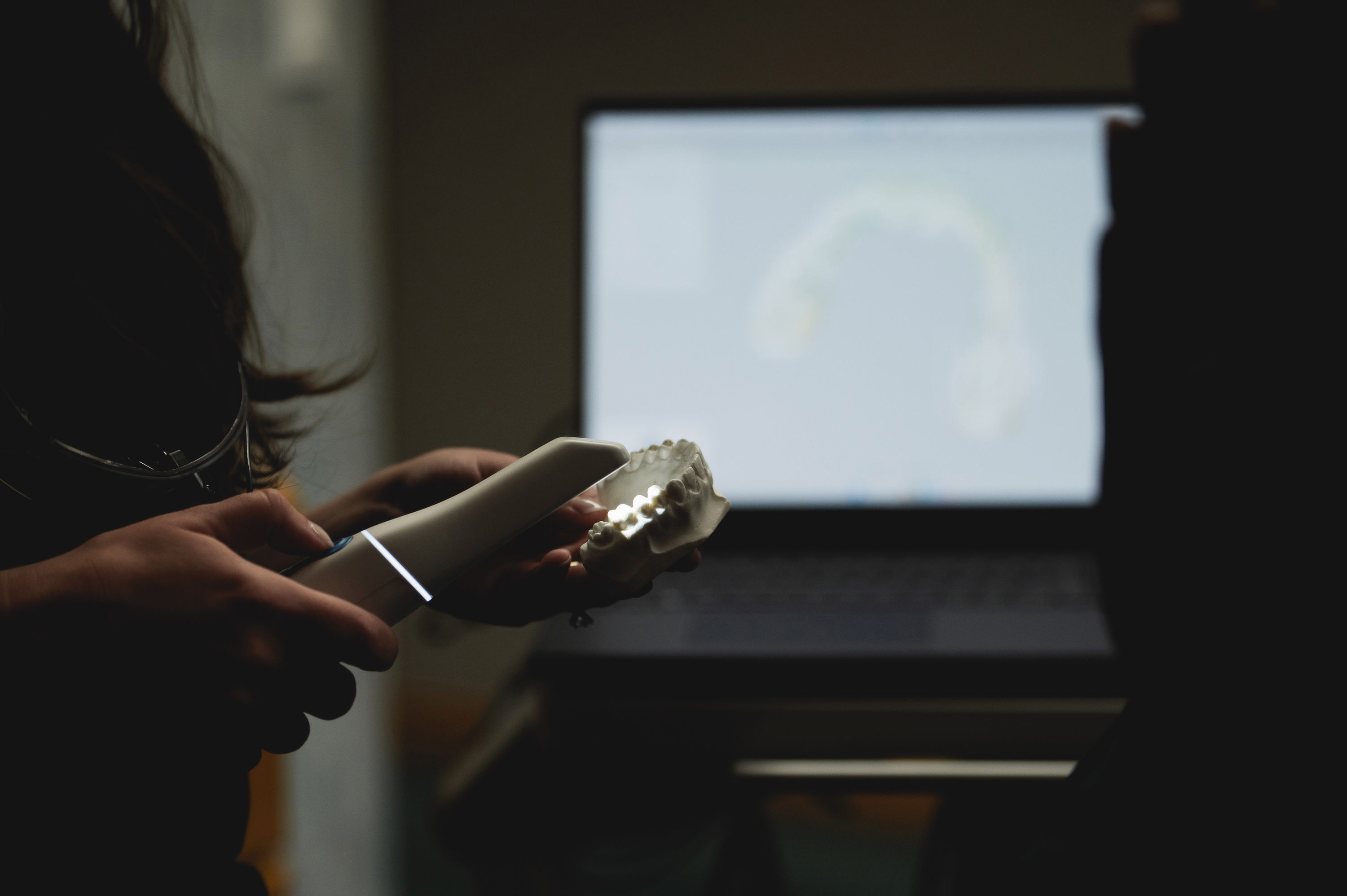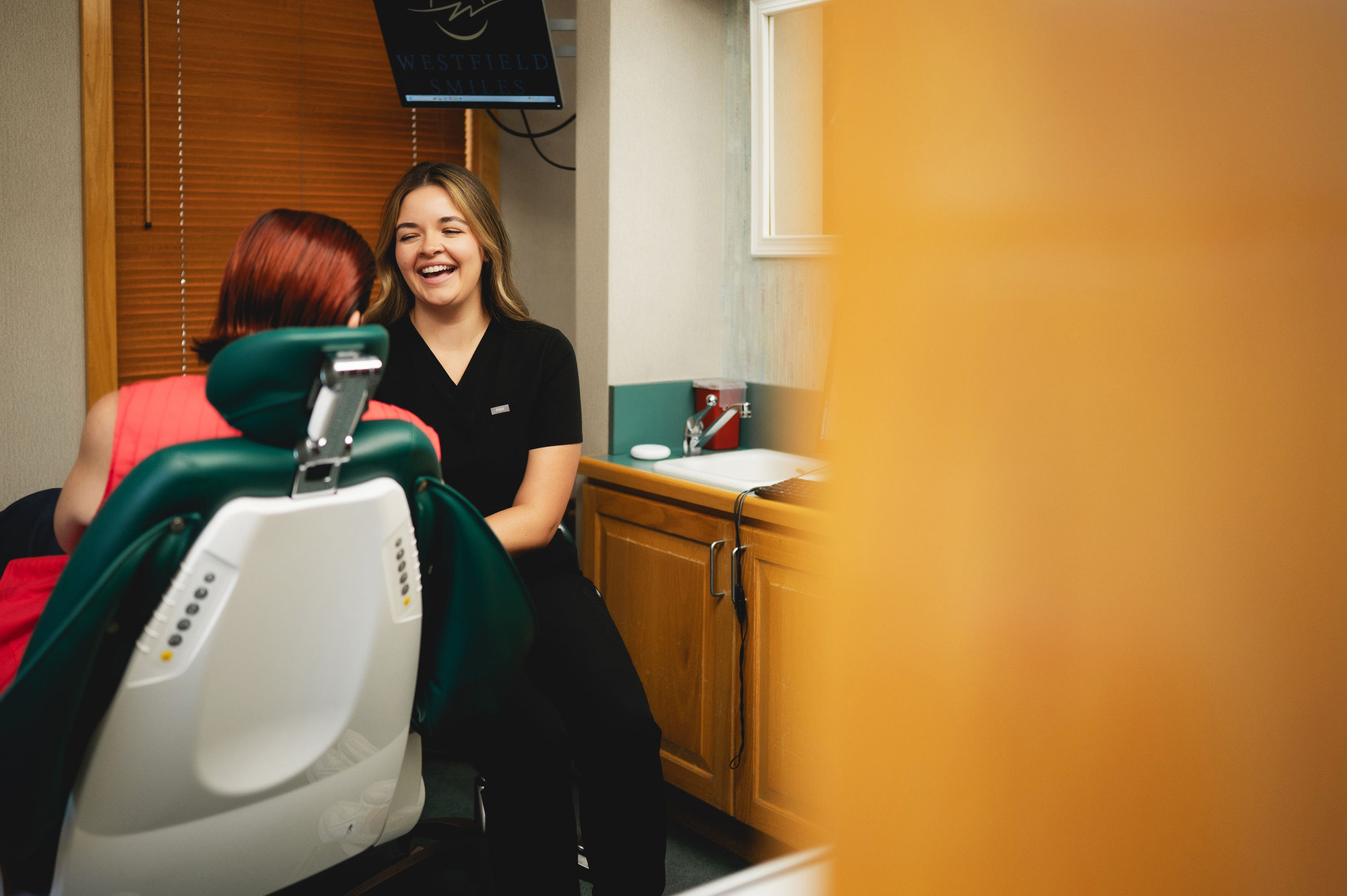

Teeth Straightening: A Historical Perspective
Have you ever wondered how the practice of teeth straightening evolved over time? From ancient methods to modern advancements, the journey of orthodontics is a fascinating blend of innovation and tradition, reflecting humanity's enduring quest for both health and beauty.
Ancient Teeth Straightening Practices
The quest for a perfect smile is not a modern phenomenon; it dates back thousands of years. Ancient civilizations were already experimenting with methods to correct misaligned teeth, showcasing the timeless desire for not only functional but also aesthetically pleasing dentition. Archaeological findings reveal that the Etruscans and Romans used rudimentary forms of dental appliances, resembling today's braces, to straighten teeth and correct gaps. These early devices, often made from materials like gold or catgut, highlight the ingenuity of ancient peoples in addressing dental irregularities. As we marvel at these historical endeavors to perfect the smile, it's fascinating to see how far we've come in the field of orthodontics. The evolution from these ancient techniques to modern solutions underscores a significant advancement in dental technology and understanding. Today, innovations continue to transform the landscape of teeth straightening, with options that are more effective, comfortable, and aesthetically pleasing than ever before. A notable example of such progress is seen in the Technological Innovations in Invisalign, which represents a leap forward from the methods of our ancestors, offering a glimpse into the future of orthodontic care.
Evolution of Orthodontic Techniques
The journey of teeth straightening is a fascinating tale that stretches back centuries, showcasing humanity's relentless pursuit of dental perfection. Initially, the methods were rudimentary at best, with early orthodontists using materials like gold bands and catgut to align teeth. As time progressed, the 20th century marked a significant turning point with the introduction of stainless steel wires and the concept of dental adhesives, which revolutionized the way orthodontic treatments were approached. This era paved the way for more sophisticated techniques, allowing for greater precision and comfort in teeth straightening procedures. In recent years, the field of orthodontics has witnessed a surge in technological advancements, leading to the development of less invasive and more aesthetically pleasing solutions. These modern techniques have significantly improved the patient experience, making the process of teeth straightening more efficient and accessible. As we continue to explore and innovate within the realm of orthodontics, the future holds promising new methods that will further enhance the effectiveness and convenience of teeth straightening treatments. For those interested in exploring contemporary orthodontic solutions, Invisalign consultations in Westfield offer a glimpse into the latest advancements in the field.
Key Figures in Orthodontics History
The journey of teeth straightening is a fascinating tale woven through centuries, marked by the contributions of several key figures in orthodontics history. From the ancient Egyptians, who used catgut to close dental gaps, to the pioneering work of Pierre Fauchard in the 18th century, often hailed as the Father of Modern Dentistry, who introduced the bandeau, a horseshoe-shaped piece of metal that helped expand the arch. The 19th and 20th centuries saw significant advancements with Edward Angle, who is considered the Father of Modern Orthodontics, developing a classification system for malocclusions that is still in use today. These individuals, among others, have played pivotal roles in evolving the practices and tools used for teeth straightening, shaping the modern field of orthodontics into what it is today. Their legacy is a testament to human ingenuity and the relentless pursuit of improving dental health and aesthetics.
Global Variations in Teeth Straightening
Throughout history, the quest for straight teeth has seen a fascinating array of methods and practices across different cultures. From the ancient Egyptians using catgut to close dental gaps to the Etruscans burying their dead with appliances that prevented teeth from collapsing during the afterlife, teeth straightening has always been a global endeavor. In Asia, methods involving gentle pressure applied over time to mold the teeth shape were popular, while in Europe, metal bands and wires began to pave the way for modern orthodontics. Each region developed its unique approach based on available materials and cultural perceptions of beauty, contributing to the rich tapestry of dental history. These global variations highlight the universal desire for a healthy, aesthetically pleasing smile, a goal that continues to drive innovation in the field today. For those interested in exploring modern solutions for straightening teeth, Westfield Dentist offers a glimpse into the latest advancements.
The Future of Orthodontic Innovations
The realm of orthodontics is on the brink of a revolution, with the future promising unprecedented advancements that aim to transform the way we approach teeth straightening. As technology evolves, so does the potential for more efficient, less invasive, and more personalized orthodontic treatments. Innovations in materials science, digital imaging, and artificial intelligence are expected to play pivotal roles in shaping the next generation of orthodontic care. These advancements not only aim to enhance the effectiveness and comfort of treatments but also to make orthodontic care more accessible to a broader population. The future of orthodontic innovations is poised to redefine our expectations, making the journey to a perfect smile faster, more comfortable, and tailored to individual needs.
Conclusion
For more insights and experiences, read reviews on Google Maps. To discuss further, call us at 908-356-6175.
contact us
Call 908.233.9280 or request an appointment online to set up your first visit.
